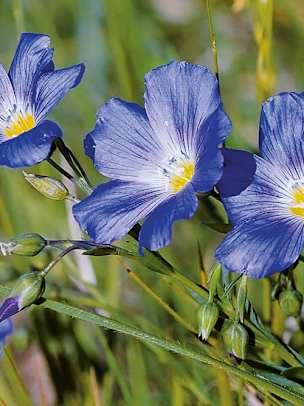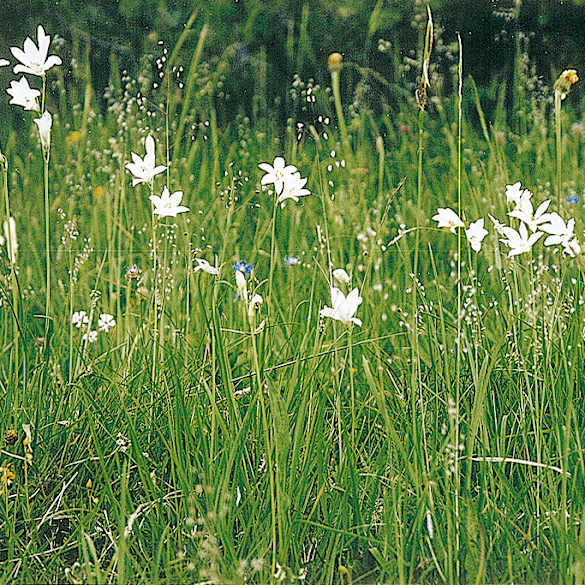-
-
-
-
( )
-

Risking your life crawling on a ledge to grab the pearl of the Alps? It's not necessary. No one needs to risk anything to see the Edelweiss at close range. In the Schynige Platte alpine garden, it grows with the black lobelia, the paradise lily and around 800 other species in an easily accessible environment. Visitors can see two thirds of the entire alpine flora on an approximately one kilometre long walk, entering artificial terrains such as the Urgesteinfeld or the Kalkschutthalde, where very specific species thrive. Picks, ropes and snap hooks can stay at home.
Entrance fee included in railway fare. Public guided tour every Sunday from 13.45 to 14.45 h.
The growing season in the mountains is much shorter, but also much more intense than in the lowlands. Each month brings its very own, distinct flower variety with it. The following information is based on many years of experience. However, depending on the weather, the individual flowering periods may be delayed or accelerated.
As soon as the snow melts in the Alpine garden, soldanellas, crocuses, auriculas and stemless gentians announce the beginning of springtime on the mountain.










With alpine roses, alpine asters, edelweiss and arnica, as well as lilies and orchids, the flora in the alpine garden unfolds its full splendour.











The summer bloom reaches its peak. The great yellow gentian, Turk's cap lily, larkspur and great masterwort ("Astrantia major") set colourful accents.






In the Alpine Garden, the bright blossoms of the blue thistle, willow gentian, silver thistle and mullein resist the approaching autumn.




